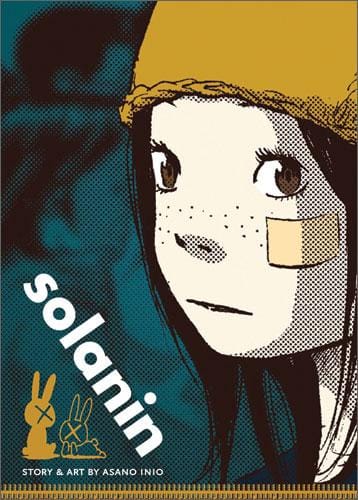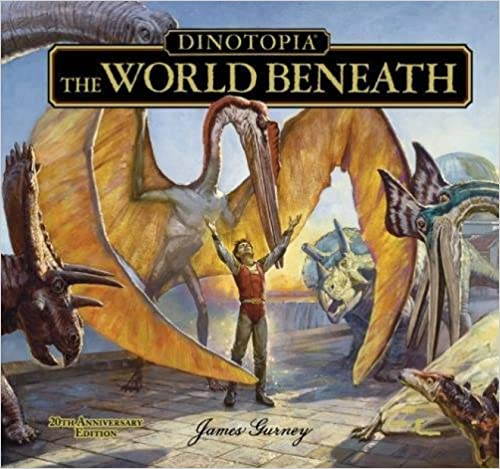Solanin: A Deep Dive into Inio Asano's Coming-of-Age Masterpiece
Discover why Inio Asano's Solanin remains a beloved coming-of-age manga, exploring quarter-life angst, love, grief, and the transformative power of music.

Introduction to Solanin
First serialized in Shogakukan’s Weekly Young Sunday between 2005 and 2006, Inio Asano’s Solanin quickly garnered critical and fan acclaim for its raw, relatable portrait of twenty-somethings drifting through post-college life in Tokyo. The two-volume manga follows the ordinary yet emotionally turbulent days of Meiko Inoue, her boyfriend Naruo “Taneda” Taneda, and their circle of friends as they navigate stagnant office jobs, unrealized musical ambitions, and the looming weight of adulthood. With its evocative artwork, lyrical pacing, and unflinching depiction of quarter-life angst, Solanin has become a touchstone title within the seinen genre and a gateway for readers seeking grounded, slice-of-life storytelling.
Plot Synopsis
The story opens with Meiko quitting her monotonous office position, a decision that forces both her and Taneda—an illustrator at a small company and the guitarist of the university band “Rotti”—to confront their uncertain futures. Taneda, yearning to make a living through music, is torn between responsibility and passion. The couple’s friends—Kato, a laid-back bassist, and Billy, an eccentric drummer—mirror this struggle, stuck between safe employment and creative dreams. When the band decides to record a demo and pursue success full-time, they appear poised to break free from the inertia of young adulthood. Yet a sudden tragedy shatters their idealistic momentum, forcing the characters to reevaluate the meaning of dreams, resilience, and moving forward. Asano eschews melodrama for authenticity, illustrating how everyday decisions ripple into life-defining moments.
Key Themes and Messages
Quarter-Life Crisis and Identity
Solanin resonates because it captures the paralyzing uncertainty many people experience in their twenties: leaving school, facing societal expectations, and questioning personal purpose. Meiko and her friends embody this liminal state, oscillating between clinging to adolescent aspirations and succumbing to adult pragmatism. Asano neither glorifies reckless risk-taking nor condemns stability; instead, he highlights the universal confusion of seeking identity in a world that rarely offers clear answers.
Love, Loss, and Healing
Romance in Solanin is heartfelt yet imperfect. Meiko and Taneda’s relationship symbolizes mutual support but also the burden of projected dreams. When loss enters the narrative, Asano handles grief with nuance, showing how surviving loved ones must reassemble their sense of self. The manga suggests that healing is nonlinear and often requires embracing painful truths rather than escaping them.
The Transformative Power of Music
Music functions as both plot device and metaphor. The band’s performances provide cathartic release, while song lyrics mirror the characters’ emotional states. Asano often dedicates full spreads to depict the visceral energy of live shows, emphasizing how art can bridge gaps between aspiration and reality. The title itself originates from a fictional song within the story, underscoring music’s integral role.
Art Style and Visual Storytelling
Inio Asano’s meticulous line work and photo-referenced backgrounds lend Solanin a cinematic realism. Urban landscapes are rendered with exacting detail, situating readers firmly in the concrete maze of contemporary Tokyo. Character designs balance expressiveness with subtlety; a raised eyebrow or slouched posture often conveys more than dialogue. Asano frequently employs silent panels to linger on mundane moments—sunlight filtering through curtains, traffic lights flickering at dusk—inviting audiences to contemplate the beauty in everyday scenes. This visual pacing aligns perfectly with the narrative’s introspective tone.
Cultural Impact and Legacy
Upon release, Solanin struck a chord with readers across Japan and, thanks to global licensing, around the world. Critics praised its honest portrayal of youth disillusionment, positioning Asano among the premier voices of contemporary manga. The series earned a nomination for the Eisner Award for Best U.S. Edition of International Material in 2009, further cementing its reputation. Over a decade later, phrases like “solanin generation” still surface in online forums to describe millennials grappling with stalled ambitions.
Beyond literary circles, the manga has inspired emerging musicians, visual artists, and filmmakers to craft stories that foreground emotional authenticity over spectacle. Its influence is particularly noticeable in modern webcomics and indie graphic novels that tackle mental health and post-college malaise.
Live-Action Film Adaptation
In 2010, director Takahiro Miki released a live-action adaptation starring Aoi Miyazaki as Meiko and Kengo Kora as Taneda. The film captures the manga’s melancholic atmosphere through muted color palettes and a soundtrack anchored by the band Asian Kung-Fu Generation, whose single “Solanin” doubles as the story’s pivotal song. While some narrative compression is inevitable, the movie remains faithful to the source material’s core emotions, making it a worthwhile companion piece for fans and newcomers alike.
Where to Read or Watch
English-language readers can find Solanin in a single omnibus edition published by VIZ Media, available both in print and digitally through platforms such as ComiXology and Kindle. The Japanese two-volume release is still in circulation for collectors. The 2010 film can be streamed or purchased via major online retailers, though availability may vary by region.
Why Solanin Endures
More than a decade since its conclusion, Solanin continues to resonate because it offers no facile solutions to life’s uncertainties. Instead, it validates the anxiety of not having everything figured out and champions the courage required to keep moving. By blending slice-of-life realism with artistic flourish, Inio Asano crafts a timeless narrative that speaks to anyone who has ever felt stuck between dreaming and doing.
Whether you are discovering the manga for the first time or revisiting its pages, Solanin invites reflection on where you are, where you have been, and where you hope to go—all while reminding you that the journey itself holds meaning.
